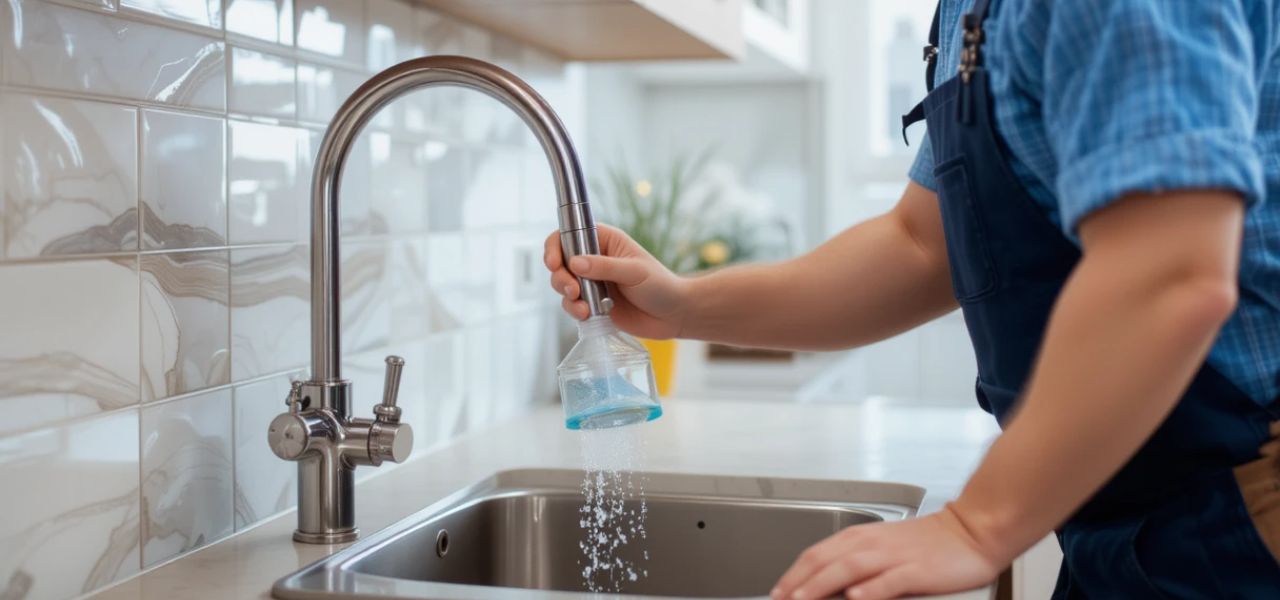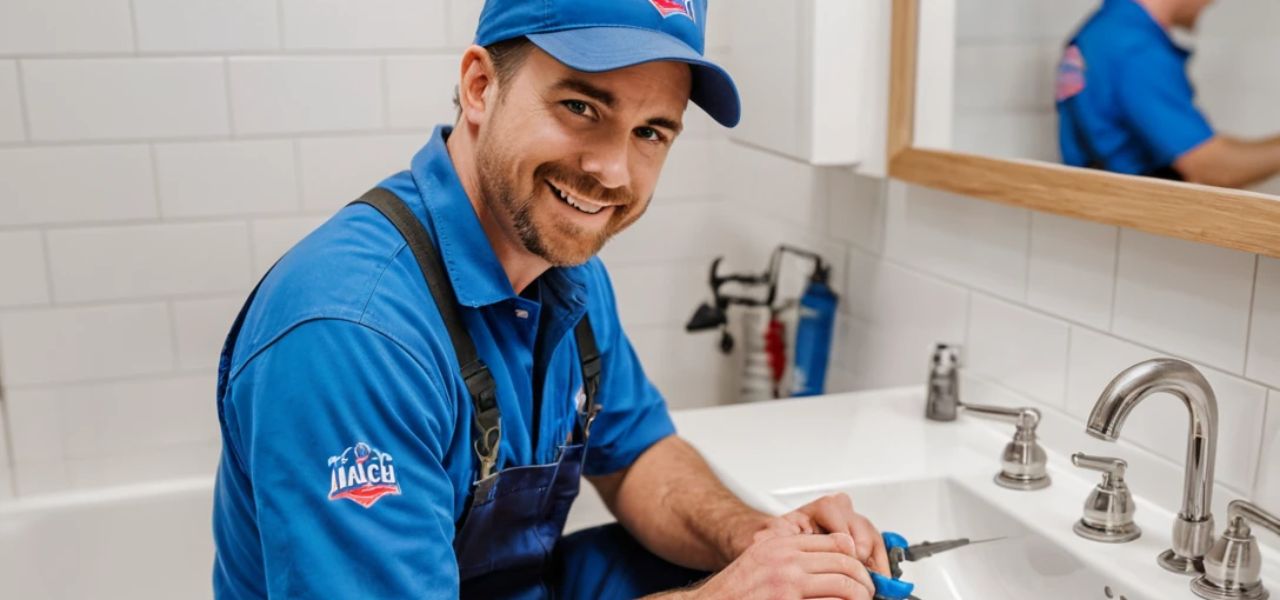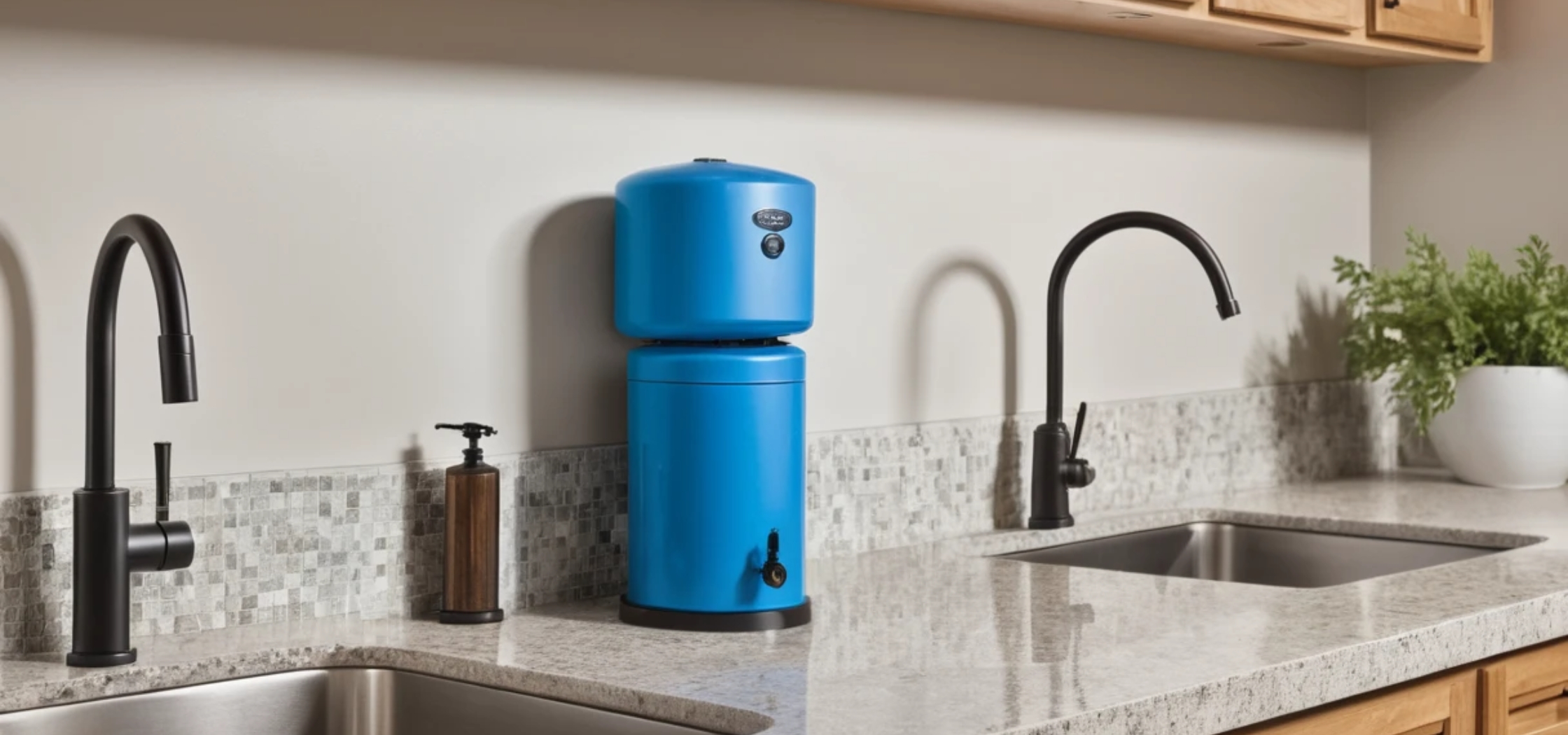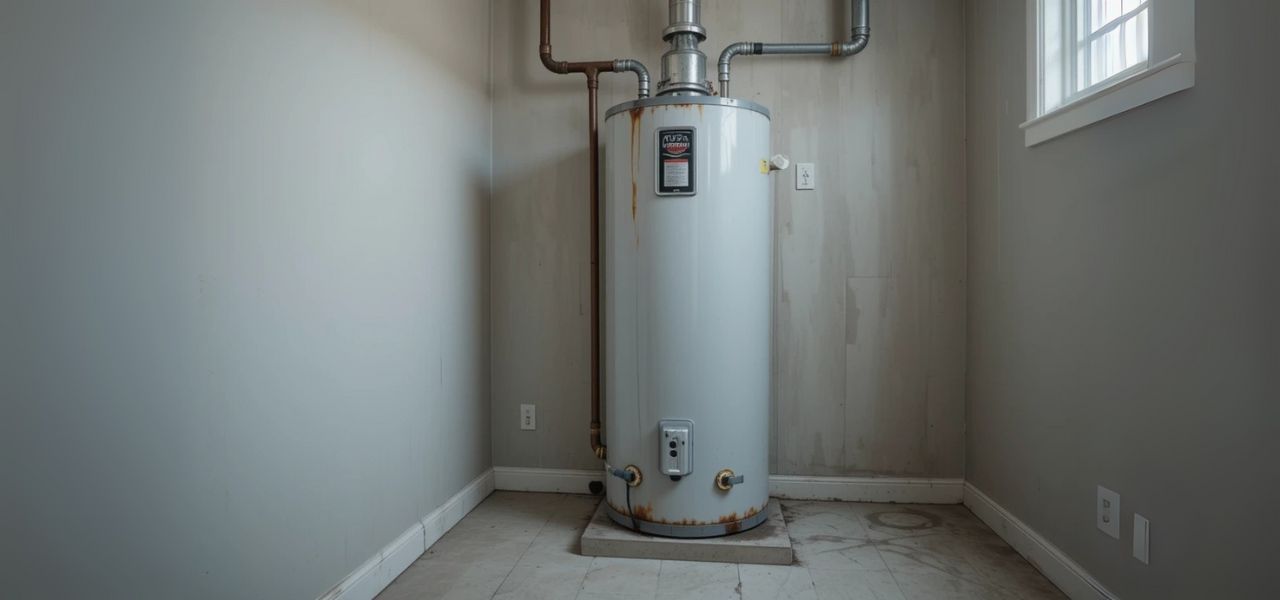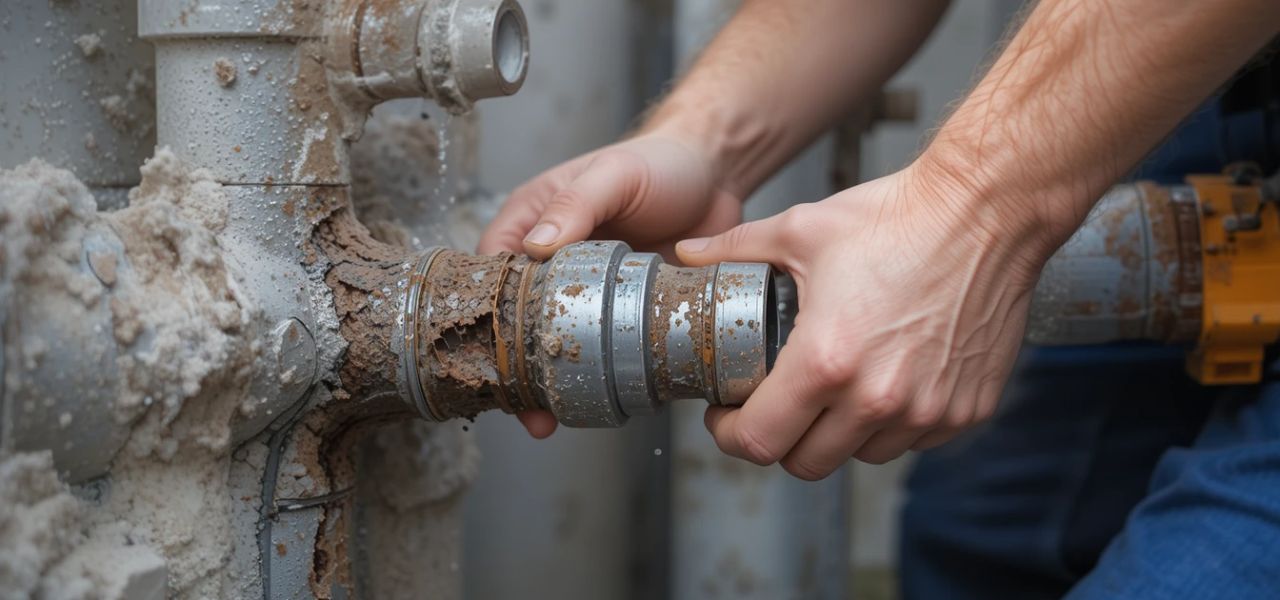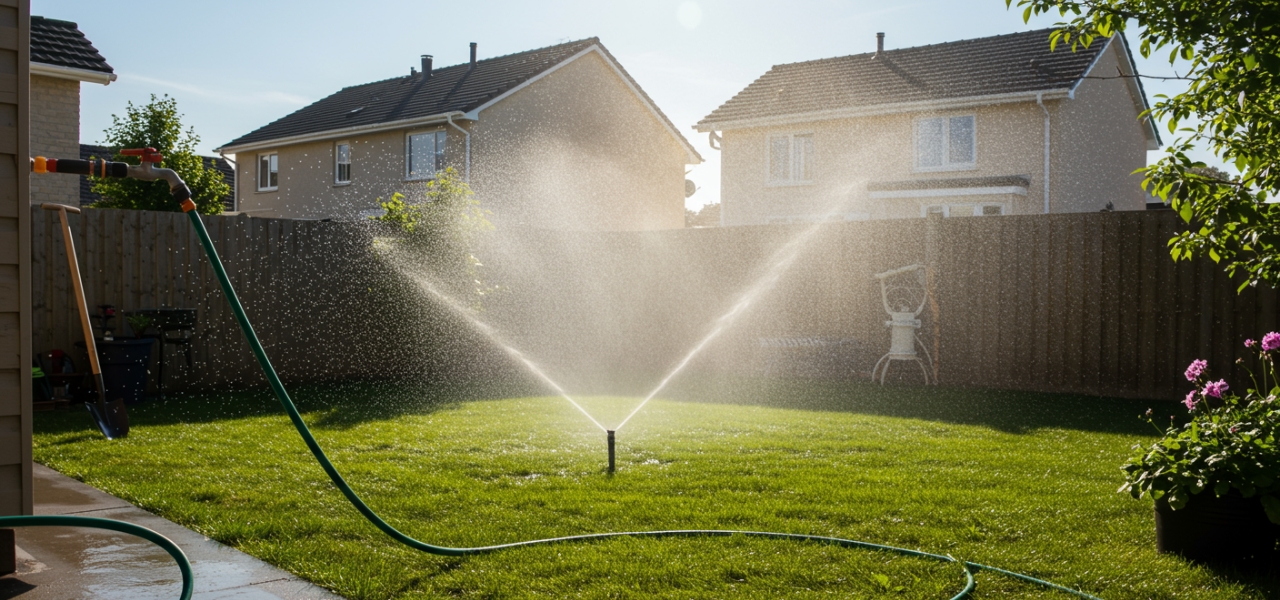Replacing an old kitchen sink faucet with a new one is a manageable DIY plumbing project. Whether you’re upgrading your kitchen with a modern faucet or simply replacing a exhausted one, this guide provides easy faucet replacement steps to help you complete the task efficiently.
Tools Needed to Install a New Kitchen Sink Faucet
Before starting your kitchen faucet installation, these are the necessary tools to ensure a smooth process:
- Adjustable wrench
- Basin wrench
- Screwdriver (Phillips and flathead)
- Plumber’s tape
- Bucket
- Towels or rags
- Flashlight
Having the right tools for faucet installation will make the process easier and prevent common faucet installation mistakes.
Step-by-Step Guide to Install a Kitchen Faucet
1. Turn Off the Water Supply
Locate the shut-off valves under the sink and turn them off. Open the faucet to release any remaining water in the pipes. This prevents leaks during the installation process.
2. Remove the Old Faucet
- Use an adjustable wrench or basin wrench to open the water supply lines.
- loose the mounting nuts underneath the sink to detach the old faucet.
- Clean the sink area thoroughly to remove any residue or buildup.
Pro Tip: Place a bucket or towel beneath the sink to catch any water drips.
3. Install the New Faucet
- Position the Faucet: Insert the new kitchen faucet into the designated holes on the sink. Follow the manufacturer’s instructions for proper alignment.
- Secure the Mounting Hardware: Tighten the mounting nuts underneath the sink to hold the faucet in place. Use a basin wrench for hard-to-reach areas.
- Attach the Water Supply Lines: Connect the water supply lines to the faucet valves. Wrap plumber’s tape around the threads to ensure a leak-free connection.
4. Test for Leaks
Turn the water supply back on and test the faucet by running both hot and cold water. Check for any leaks around the connections. Tighten fittings if needed.
5. Finishing Touches
- Ensure the faucet moves smoothly and the water flows without interruption.
- Add accessories like soap dispensers or water filtration attachments if needed.
Common Faucet Installation Mistakes to Avoid
- Skipping Plumber’s Tape: This can lead to leaks at the connections.
- Over-Tightening Nuts: Over-tightening can damage the faucet or mounting hardware.
- Improper Alignment: Misaligned faucets can lead to uneven water flow.
Avoiding these errors will ensure a hassle-free and professional-looking installation.
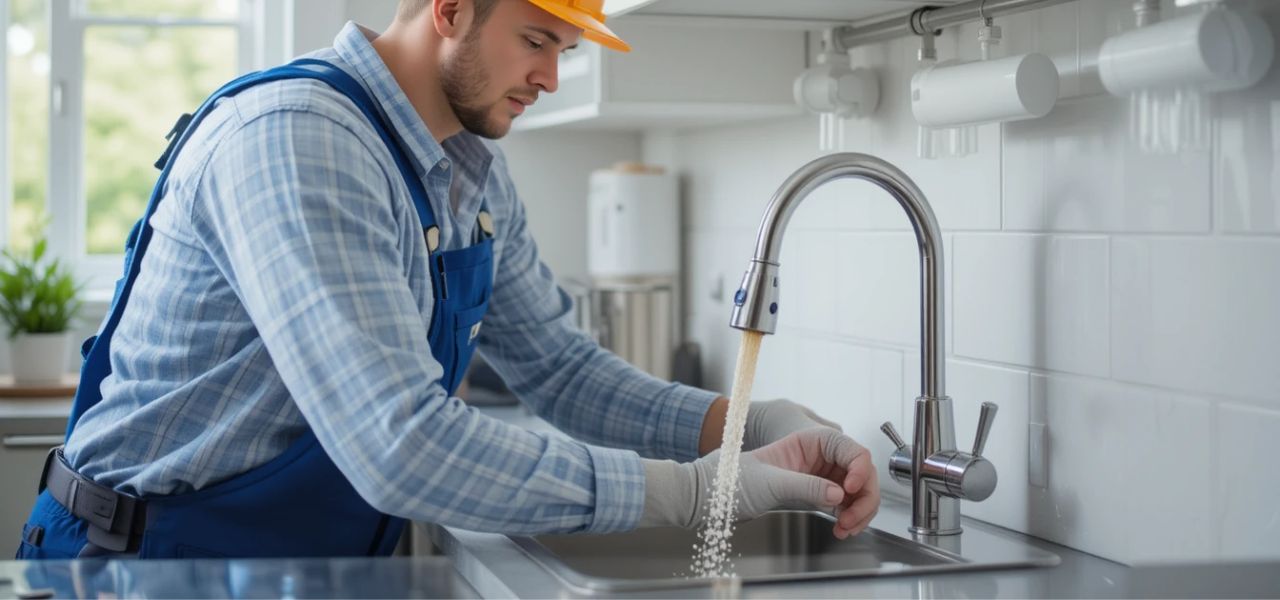
Faucet Installation Cost: DIY vs. Professional Help
Doing the job yourself saves on labor costs, which can range from $150 to $300 depending on your location. By following this step-by-step guide, you can achieve an affordable kitchen faucet replacement without compromising on quality.
Benefits of Installing a New Kitchen Sink Faucet
- Enhanced Functionality: Modern faucets come with advanced features like pull-out sprayers and touchless operation.
- Improved Aesthetics: A new faucet can transform the look of your kitchen.
- Increased Efficiency: Upgrading to a water-efficient faucet helps conserve water and reduce utility bills.
Conclusion
Installing a new kitchen sink faucet is an achievable DIY project that enhances your kitchen’s functionality and appearance. By following these easy faucet replacement steps and avoiding common mistakes, you can enjoy a hassle-free installation process.
If you’re planning to upgrade your kitchen, consider modern kitchen faucet ideas that suit your style and needs. Remember, with the right tools and a bit of patience, you can master this DIY plumbing task like a pro!
If you need professional help with your faucet installation, Magic Plumbing is here to make the process quick and hassle-free. Contact us today for expert plumbing services you can trust!

